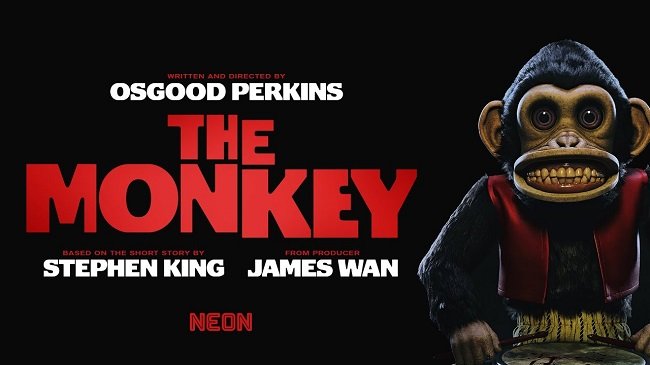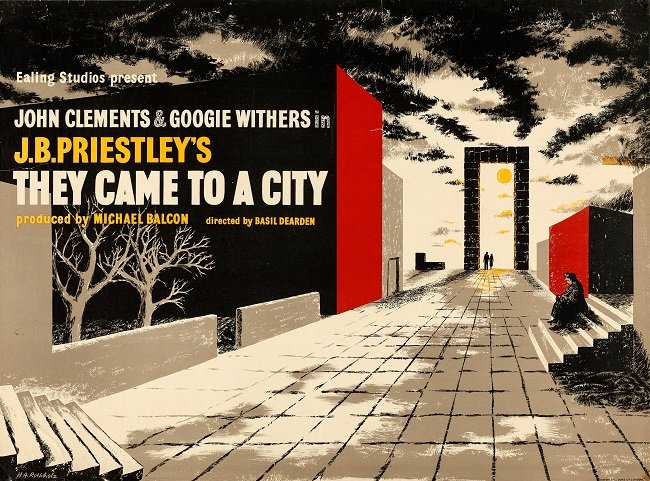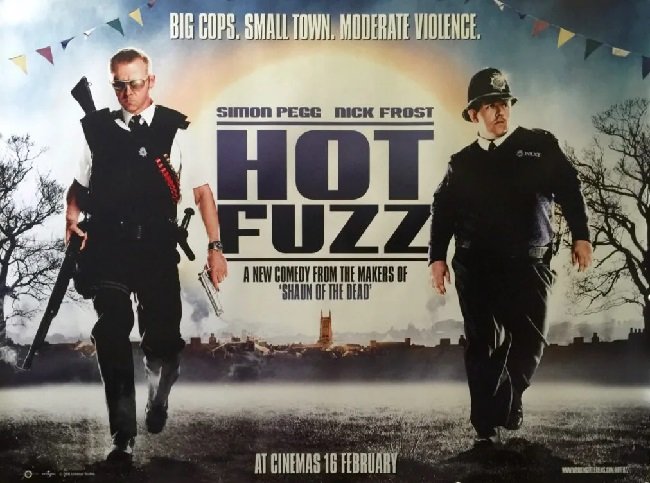The Most Dangerous Game (1932)
“He talks of wine and women as a prelude to the hunt. We barbarians know that it is after the chase, and then only, that man revels. You know the saying of the Ogandi chieftains: "Hunt first the enemy, then the woman." It is the natural instinct. The blood is quickened by the kill. One passion builds upon another. Kill, then love! When you have known that, you have known ecstasy."
The concept of hunting people for sport is hardly a new cinematic idea. Over the years there have been numerous movies that have explored the subject. A Game of Death (1945) Run for the Sun (1954) and Surviving the Game (1994) to name but a few. However back in 1932, this was a bold plot device. Cinema was still a relatively unregulated industry (the Motion Picture Production Code didn’t start being enforced until 1934) and as a result was under increasing scrutiny for its increasingly salacious tendencies. However, such issues did not dissuade producers Merian C. Cooper and Ernest Schoedsack who were quick to see the potential of Richard Connell’s short story "The Hounds of Zaroff". It offered an opportunity to examine the “sin of Cain” with its plot about a reclusive Russian aristocrat who hunted men for pleasure on a private Caribbean island. And then there was scope to explore some of the more “adult” elements of the story (as the above quote alludes to).
The Most Dangerous Game was shot on the existing sets of King Kong (1933) thus giving the film a lush tropical environment without the inconvenience of a location shoot. The movie is also a surprisingly adult undertaking for the times with some very subtle themes about sexuality and the predatory nature of man. The cast is strong with Joel McCrea, (Bob Rainsford) Fay Wray, (Eve Trowbridge) and Leslie Banks (Count Zaroff). It should be noted that the acting style of the times was a lot more theatrical than it is today. However, this does not diminish the tone of the film or its brooding atmosphere. The cinematography is very innovative, featuring overhead tracking shots, often during action sequences. The use of the “close-up” was also a very novel device in 1932 and later became an integral tool in Italian and particularly Japanese cinema. Max Steiner's score is clever and compliments the film immensely.
The Most Dangerous Game is a grim film featuring an impaling, severed heads in jars and undercurrent of sexual menace. Do not be fooled by the quaint early thirties idioms and style, this is very much adult material. The Most Dangerous Game has a nasty streak running through its relatively short hour plus running time and is all the better for it. As a study of the baser aspects of human nature it has not dated and still makes a pertinent statement. It also showcases some early examples of special effects techniques such as matte paintings, foreground miniatures and travelling mattes. Contextually these are very good. This was a cutting-edge film upon its original release. The Most Dangerous Game is therefore required viewing for any scholar of cinema. It succinctly illustrates that sex and violence are by no means a modern cinematic invention and have been an integral part of film making since the birth of the industry.




























